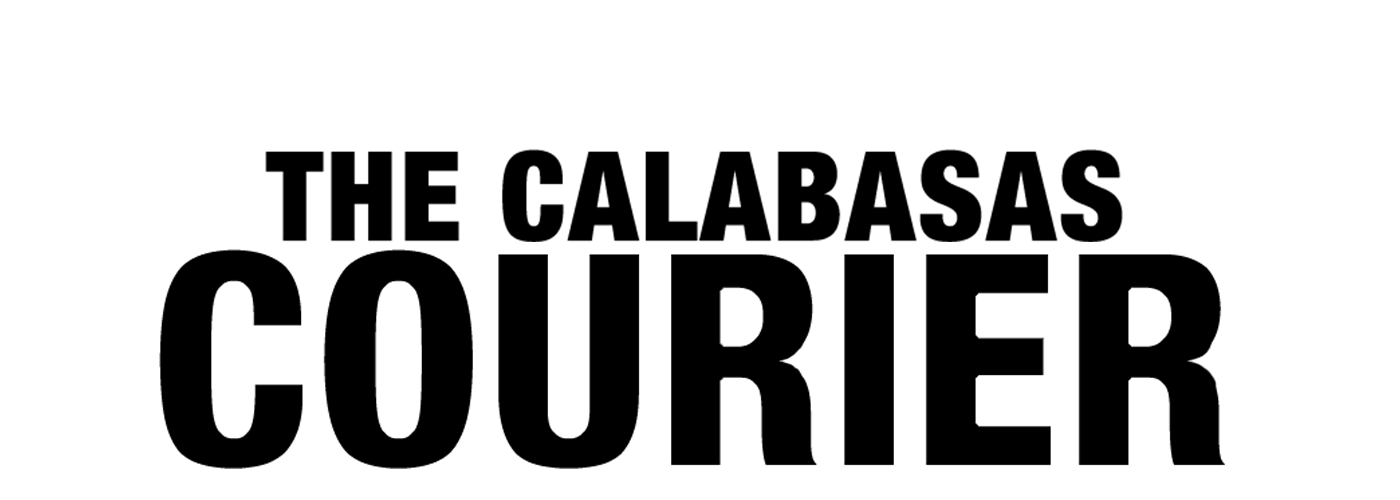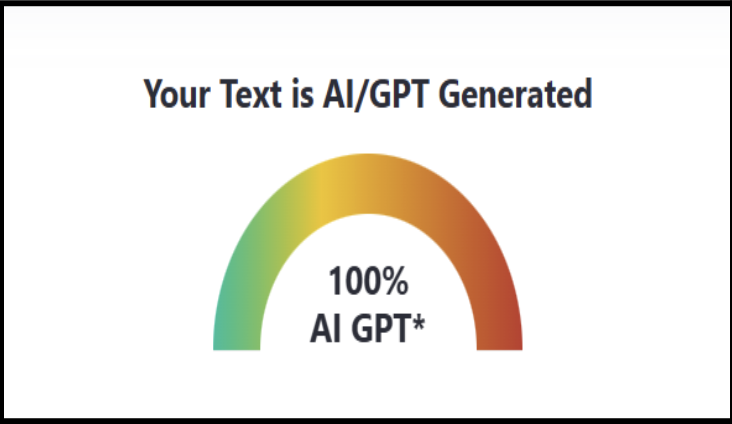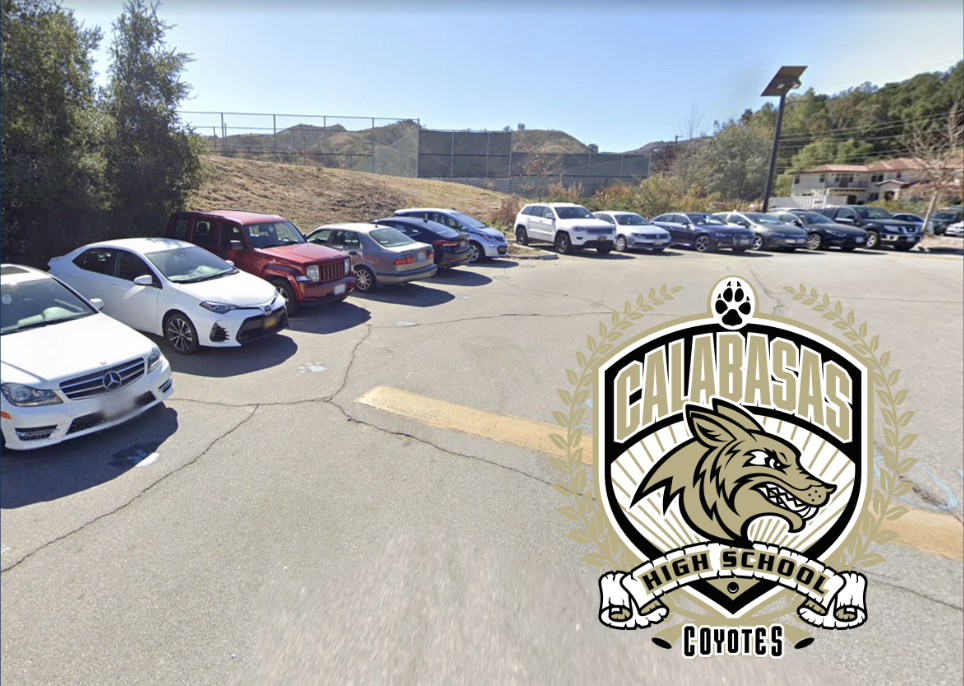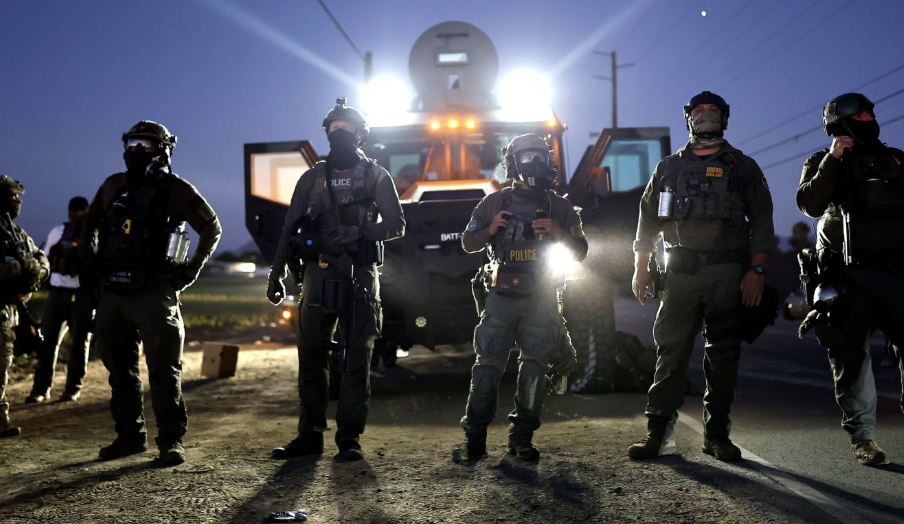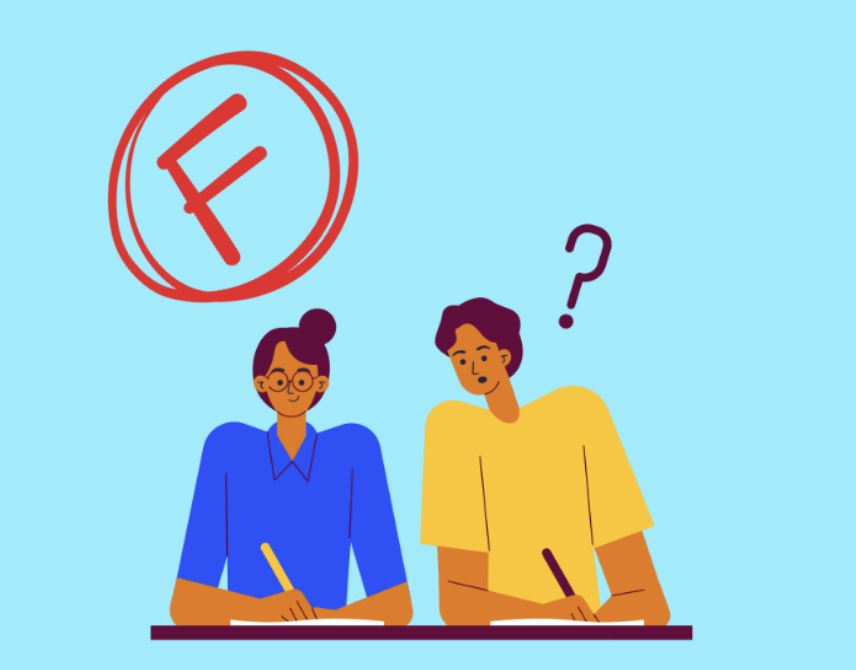As AI detector tools have become increasingly common in schools, several teachers at Calabasas High are wondering whether this technology is sufficient to be the sole indicator of academic dishonesty. With rising concerns from students, teachers are being confronted with the complications of this issue. Some teachers believe AI detectors can be useful, but they are not dependable to stand on their own. AI detectors can alert teachers to potentially suspicious writing patterns or even unusual phrasing. However, these tools can generate false positives and can prompt them to take a closer look at your writing.
Mrs. Rizk, a Calabasas High School English Teacher, says, “I think they can be reliable, but there are glitches…they’re still new technology, it’s hard to discern which section is fully AI and which section is not.”
Other teachers go further, saying that the detectors should never be the deciding factor in a cheating accusation. A teacher at Calabasas, Mr. Boelman, claims “not at all.” He added that the detectors are “not the novel way to do it,” emphasizing that teacher judgment and other forms of evidence should guide these decisions.
Many teachers also use their own knowledge of student work to check for authenticity. Mrs. Rizk described how she has a feel for each student’s writing style through in-class essays and feedback.
In addition to relying on detecting tools, many educators stress the importance of contextual and critical evaluation. Teachers often consider factors such as vocabulary levels, sentence structures and critical thinking. This balanced approach used by teachers often allows them to use AI detectors as one piece of evidence while still applying professional judgement.
“If I see something dramatically different, then I can tell… maybe there was some outside source they used as well,” Rizk said.
Students share similar skepticism with the teachers. One Calabasas High student, Mathilda Cohen, explained that AI detectors are not always accurate. Cohen pointed out that some of her work has been flagged entirely by AI when she wrote it all herself. Cohen emphasized that while tools can be helpful for teachers, they should not be used to override a student’s voice.
“They sometimes provide false positives or false negatives, so they should not be trusted blindly,” said Cohen.
These inaccuracies can create serious consequences if the school solely relies on them without proper verification. Because of this, many educators argue that AI detectors should be seen as one tool among many.
Another Calabasas High student, Gabriel Hanassab, said they would feel “very frustrated and unfairly treated” if they were accused based solely on an AI result.
Teachers have started to rely on traditional methods to ensure authenticity in their students’ work. Teachers are increasing the amount of in-class writing assignments, handwritten drafts, and shorter assessments have all become ways to evaluate a student’s work. These strategies allow teachers to directly observe students’ writing process and compare their in-class work to what they do at home. By collecting multiple samples over students’ writings over time, teachers can build a clearer picture of each student’s unique learning and writing level.
“We could do in-class assessments or even shorter assignments to get the same effect,” said Boelman.
The debate over AI detectors is ongoing and will be for a long time, but one thing is clear: at Calabasas High, technology alone is not enough to accuse someone of cheating. Teachers and students are looking for balance, where AI tools support, but do not replace human judgment.
